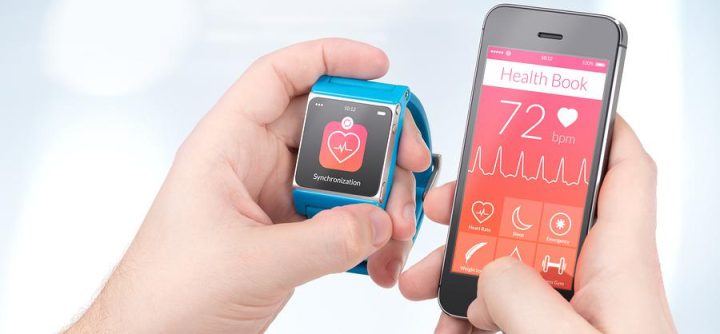Telemedicine and digital health have transformed the landscape of healthcare, offering innovative solutions that enhance accessibility, efficiency, and quality of care. These technologies are reshaping how patients and providers interact, providing a robust framework for remote diagnosis, treatment, and monitoring.

Telemedicine
Telemedicine refers to the use of telecommunication technology to deliver clinical health care services from a distance. This includes real-time video consultations, remote monitoring, and the electronic transmission of medical information. Digital health is a broader term encompassing telemedicine along with other technologies such as mobile health apps, wearables, electronic health records (EHRs), and health information technology (HIT) systems.
Benefits of Telemedicine and Digital Health

Benefits of Digital Health
Improved Access to Care
Telemedicine bridges the gap between patients and healthcare providers, especially in rural and underserved areas. It eliminates geographical barriers, ensuring that patients receive timely medical attention regardless of their location.
Convenience and Efficiency
Patients can consult with healthcare professionals from the comfort of their homes, reducing the need for travel and waiting times. This convenience extends to follow-up appointments, chronic disease management, and mental health services.
Cost-Effectiveness
Telemedicine can reduce healthcare costs by minimizing unnecessary emergency room visits, hospital admissions, and transportation expenses. For providers, it can streamline operations and reduce overhead costs associated with maintaining physical facilities.
Enhanced Patient Engagement and Compliance
Digital health tools, such as mobile apps and wearable devices, empower patients to take an active role in their health management. These tools can remind patients to take medications, track vital signs, and adhere to treatment plans.
Better Resource Allocation
Healthcare systems can optimize resource use by integrating telemedicine into their services. For instance, specialist consultations can be conducted remotely, allowing specialists to serve more patients without the constraints of travel.
Key Technologies in Telemedicine and Digital Health

Mobile Health Apps
Video Conferencing
Real-time video consultations enable face-to-face interactions between patients and providers, facilitating accurate diagnoses and treatment plans. Websites like Practo offer these benefits, as well as quick appointments.
Remote Monitoring
Devices such as blood pressure monitors, glucose meters, and ECG patches can transmit patient data to healthcare providers, enabling continuous monitoring and early detection of potential issues.
Mobile Health Apps
These applications offer a range of functionalities, from fitness tracking and medication reminders to teleconsultation platforms. They are crucial in promoting preventive care and managing chronic diseases.
Electronic Health Records (EHRs)
EHRs provide a centralized, digital repository of patient information, ensuring that healthcare providers have access to comprehensive and up-to-date medical histories.
Artificial Intelligence (AI) and Machine Learning (ML)
AI and ML algorithms can analyze vast amounts of health data to identify patterns, predict outcomes, and support clinical decision-making. These technologies are pivotal in personalized medicine and early intervention strategies.
Challenges and Considerations
While telemedicine and digital health offer numerous benefits, several challenges need to be addressed to maximize their potential.

Data Security should be a priority in the digital realm
Regulatory and Legal Issues
Ensuring compliance with healthcare regulations such as HIPAA (Health Insurance Portability and Accountability Act) is critical. Cross-border telemedicine also raises legal and licensure issues that need careful navigation.
Data Security and Privacy
Protecting patient data from breaches and ensuring secure communication channels are paramount. Robust cybersecurity measures must be implemented to safeguard sensitive information.
Technological Barriers
Access to high-speed internet and familiarity with digital devices are prerequisites for effective telemedicine. Efforts must be made to bridge the digital divide, particularly in low-income and rural areas.
Reimbursement and Funding
Establishing clear reimbursement policies for telemedicine services is essential to encourage widespread adoption. Both public and private insurers play a crucial role in this regard.
Human Factors
The success of telemedicine depends on the willingness of patients and providers to embrace these technologies. Education and training are essential to enhance digital literacy and acceptance.
Future Prospects
The future of telemedicine and digital health is promising, with continuous advancements in technology and increasing acceptance among healthcare stakeholders. Innovations such as 5G connectivity, augmented reality (AR), and blockchain are set to further enhance the capabilities and security of digital health solutions. As these technologies evolve, they will undoubtedly play a pivotal role in creating a more accessible, efficient, and patient-centred healthcare system.
Read more:
World Mental Health Day: How tech can help with mental health
The post Telemedicine and Digital Health: Revolutionising Healthcare Delivery appeared first on Exhibit Tech.